Avoiding pool maintenance mistakes can save you time, money, and prevent costly repairs. Many pool owners unknowingly make common errors, like improper pump sizing or neglecting water testing, which can lead to long-term damage. In this guide, we’ll break down 10 pool maintenance mistakes and how to avoid them so you can keep your pool clean, safe, and efficient all season long.
Let’s dive right into it.
1. Improperly Sized Pool Equipment
One of the biggest issues we see with new and old pool owners alike is improperly sized pool equipment. Everyone always thinks bigger is better but unfortunately, it’s not always the case. If your pump and filter are not sized correctly for your pool, without a doubt, you will have issues cleaning the pool.
Filters
Pool filters cannot be oversized. In fact, the bigger the better. However, they can certainly be undersized. If your filter is too small for your pool, it will not properly filter and you will notice that your pool water is cloudy or dirty.
Your filter should have a label that provides the filter’s turnover rate. The turnover rate is the number of gallons the unit will filter within a certain amount of time. Most filters provide an 8-hour and 10-hour turnover rate. Always ensure that the number of gallons in your pool fits within the turnover parameters on the filter label.

Pumps
Unlike a filter, you can oversize and undersize your pool pump. An undersized pump doesn’t have enough power to push enough gallons of water through your filter to provide proper filtration.
Adversely, an oversized pump may have too much power. So much, in fact, that your water completely skips the filtering process. In both cases, the clarity and cleanliness of your pool water are in danger.
If you need help sizing your pool, read our article ‘How To Select an Inground Pool Pump.’
2. Not Running Your Pump Long Enough
Running the proper times on your pump and filter is essential to maintaining your pool. The general rule of thumb is you need to run your pump at least 8 hours a day. As long as your equipment is sized properly, you should be able to filter your entire pool within this period.
One of the many reasons why variable speed pumps have become so popular is their ability to set various run times and speeds to best optimize your pump use. Most variable speed pumps have a built-in timer, making it easy for the pool owner to ensure they are running their pump long enough.

3. Not Testing Your Water
Forgetting to test your pool water is a recipe for disaster and a green pool. Ideally, we recommend keeping a water test kit at your home. That way, you can implement a weekly testing routine. You can find various versions of kits online and at your local pool store.
If you do not own a test kit at this time, we recommend reaching out to your local pool store. In many cases, pool stores will actually perform a free water test. This can be very convenient and useful.
In short, test your water before making changes to your pool chemistry.

4. Not Replacing Seals When Replacing Your Motor
At some point in your pool life, you will need to replace your pump motor. When the time comes, it is important that you don’t forget to replace your seals. Your shaft seal, or pump seal, is especially important because it protects your motor from water damage. Failure to replace this seal can void the warranty on the new motor.
Learn How To Find The Correct Pool Pump Shaft Seal HERE
5. Forgetting To Clean/Backwash Your Filter
When it comes to cleaning your filter, think of it like a vacuum cleaner. After your vacuum cleaner is full, you have to unload it or replace the vacuum bag. A filter is the same. After doing its job for so long, you will need to clean or backwash your filter.
In pool terms, backwashing is simply reversing the flow of water through your filter media, dislodging trapped debris, and flushing it out through your multiport valve waste line. If you have a sand or D.E. filter, you will have to backwash. Still, learning when to backwash is just as important as learning how to backwash.
There isn’t a valve on cartridge filters, so, you will have to remove the cartridges from the tank to clean them.
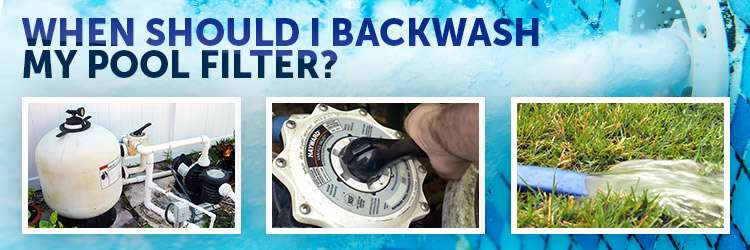
6. Working On Pool Equipment With The Pump ON
Whenever you are working on a piece of equipment, always make sure your pool pump is OFF. Failure to turn your pump off can result in equipment failure and possible injury.
7. Ignoring Your pH Levels
In conjunction with chlorine, your pH levels are crucial to your pool’s overall health. In fact, there is a direct relationship between your pH levels and how effectively your chlorine is.
When you think about it, at the end of the day it doesn’t matter if you have chlorine in your pool. If your pH levels are too high to render the chlorine effective, your pool will never be clean.
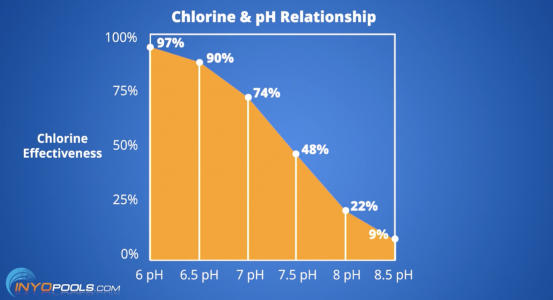
8. (Incorrectly) Shocking Your Pool
Shocking your pool is not a bad thing. If you’ve never shocked your pool before, just hearing the phrase can be disconcerting. However, shocking the pool is normal and every pool owner should become comfortable doing it.
Typically, it’s the actual shocking process and knowing when to shock is where pool owners go wrong.
Adding Shock Directly To Your Pool
When shocking your pool, it is important that you do not pour it directly into your pool. First, pool shock is highly concentrated and can be harmful to your pool liner or skimmer.
As per the directions, you first need to dissolve the shock granules in a bucket of water prior to adding them to your pool. Be extra cautious while mixing as the fumes can be toxic.
Shocking Your Pool In The Morning
We do not recommend shocking your pool during the day. During the day. the sun causes the water’s temperature to rise. As the temperature rises, the chlorine becomes less effective. In some cases, you may need to add twice the amount to get the desired results.
9. Forgetting To Winterize
If you’re from a sunshine state like we are, you may not have to winterize your pool. However, if you live in an area where the temperature drops, you should learn how to winterize your pool.
Winterizing your pool simply means preparing your pool and equipment for harsh cold weather. Failing to winterize your pool properly can result in equipment failure, stains, algae, and possibly frozen pipes. In short, it can be quite costly.
Learn How To Winterize Your Inground Pool HERE
Learn How To Winterize Your Above Ground Pool HERE
10. Not Covering Your Pool
When you’re not using your pool, we recommend keeping it covered. Covering your pool protects your pool from contaminants, debris, and leaves from entering the pool. This reduces the need for extra chemicals to fight off algae.
Winter and safety covers can be used all year long and can easily be stored when you’re ready to swim.
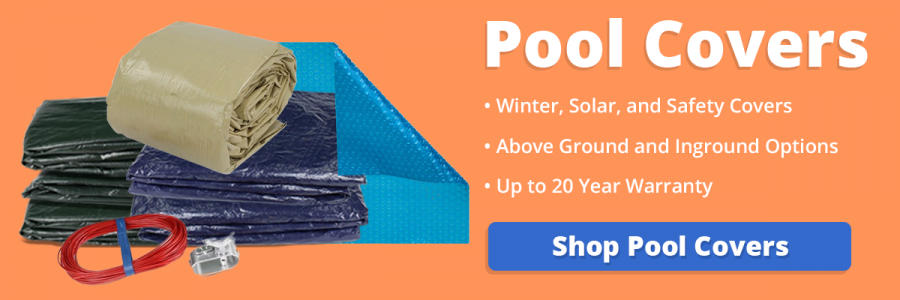








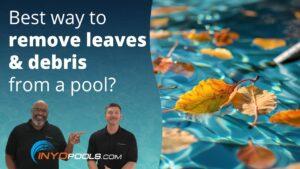
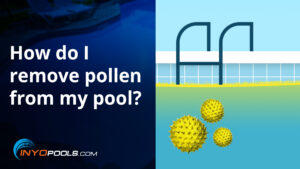

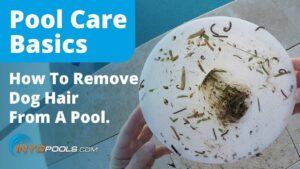
Leave a Reply